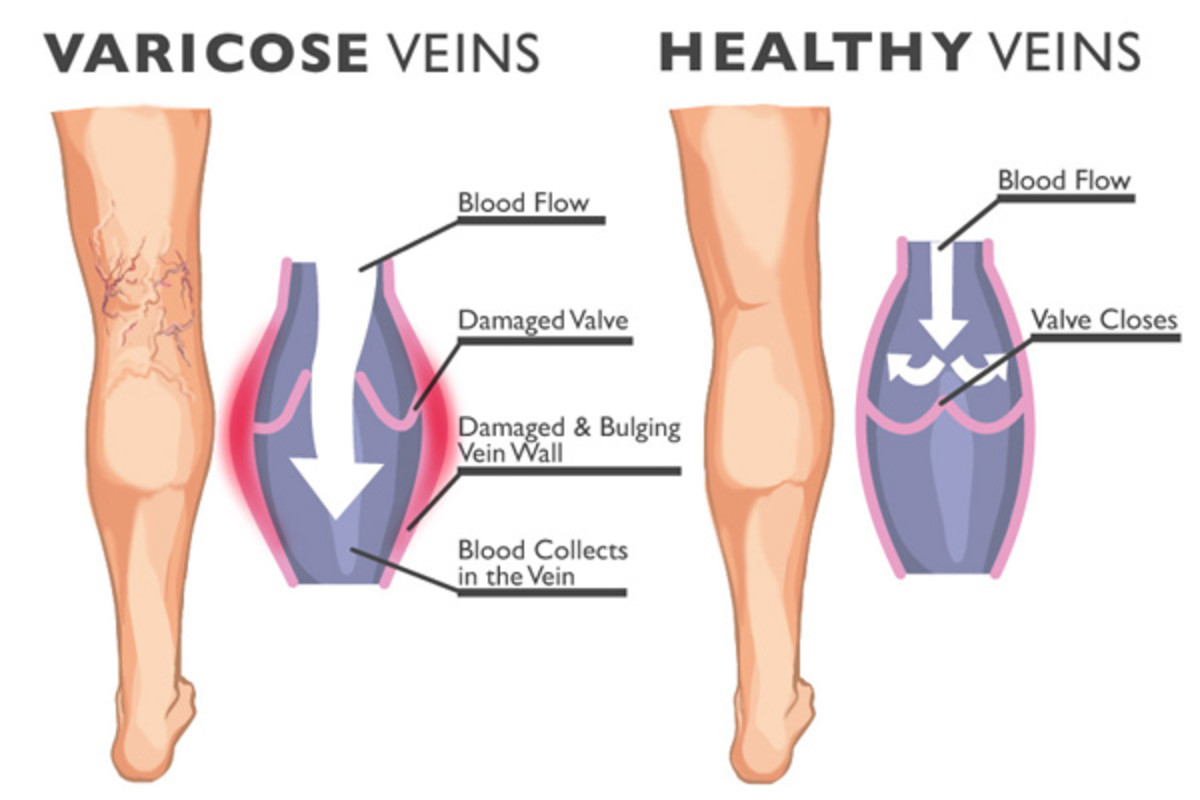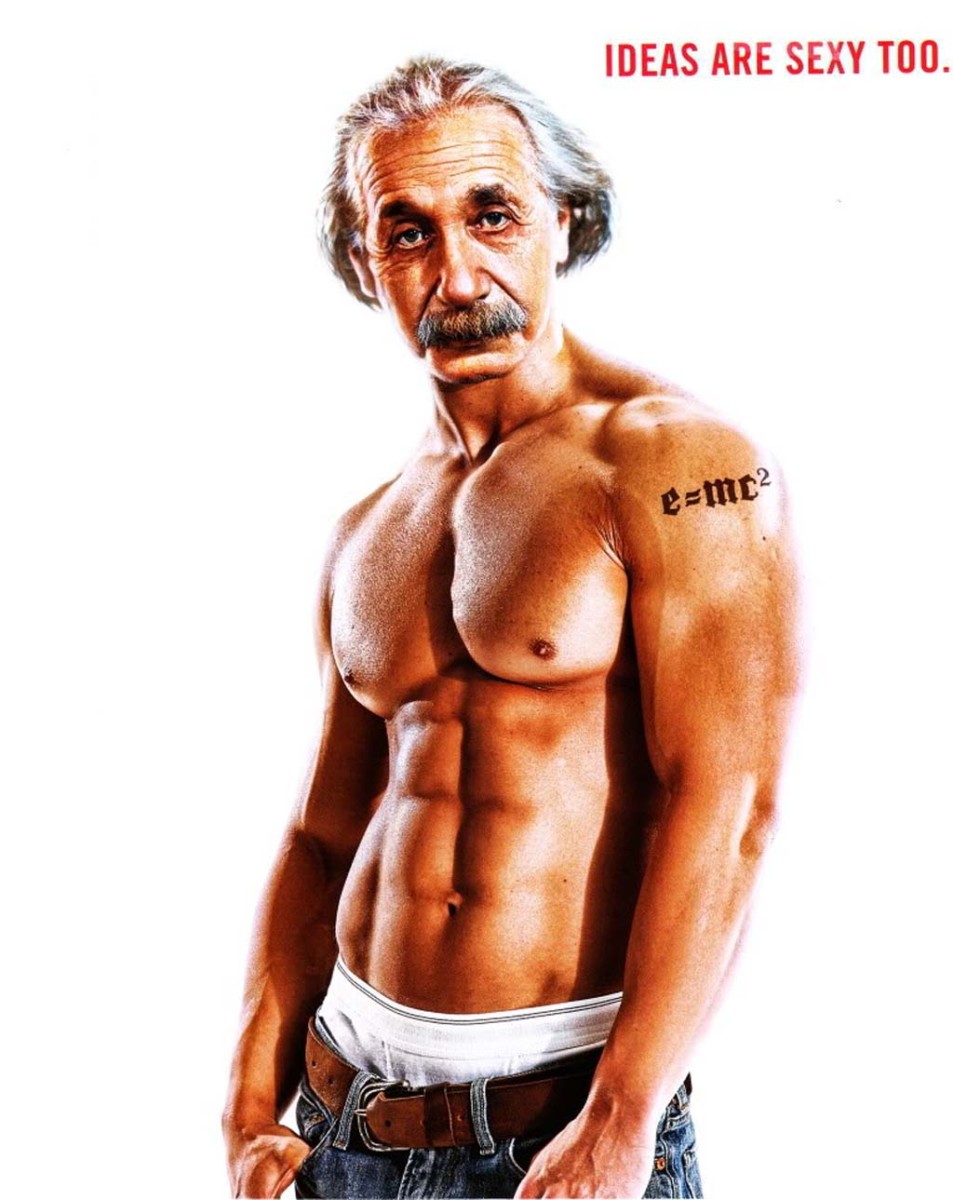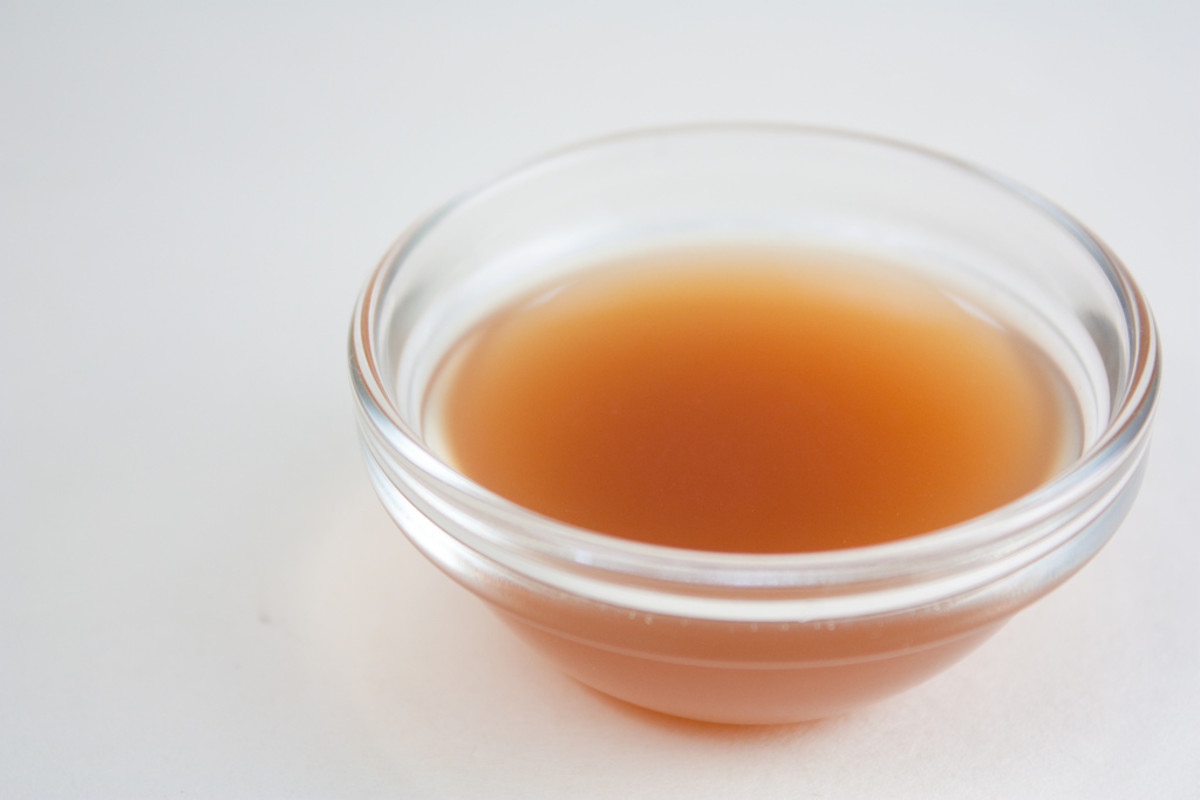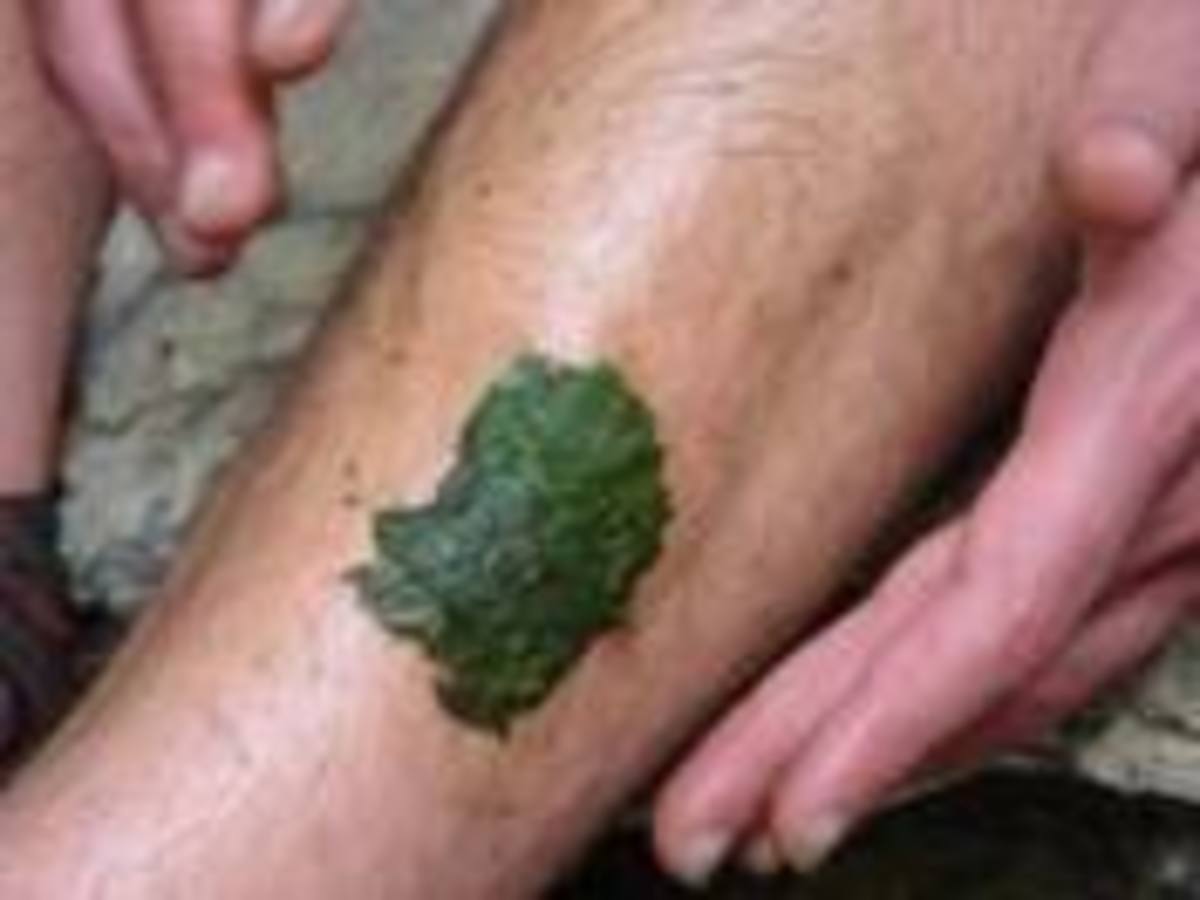How The Alexander Technique Can Help With The Treatment and Even Cure Of Lumbago, Varicose Veins, Wheezing and ME.
Finding an alternative.
The move towards using alternative therapy as a substitute for, or as a compliment to conventional medicines has increased over the last few years. As we become better informed about what is good or what is bad for our health and more conscious of the substances that we put into our bodies, it only seems logical that we explore ways and means that do not involve the use of drugs.
Because we are more educated on the side effects of traditional western pharmaceuticals and our more aware then ever of the detrimental effects they could have. It is little wonder that treatments like the Alexander technique are being practiced more and more, to help those suffering from painful or debilitating medical conditions.
Where does the Alexander technique originate from?
The Alexander technique was created by Frederick Mathis Alexander who was an Australian actor. He came to the realization that many painful medical conditions and persistent health problems could be alleviated, prevented or even cured by using simple methods in movement and improving posture.
He initially introduced the Alexander technique to the people of London over 100 years ago in 1904. Fellow actors and actresses quickly embraced his ideas and it became a popular practice in certain circles. He continued to demonstrate his work in the United States of America and even achieved fame, success and acclaim for his technique on an international level. His final resting place was London, when he died in 1955.

What is it all about?
We are as a species generally creatures of habit and sometimes the way we treat our bodies isn't always good for us. Most people for instants don't sit up straight and many of the things we use regularly as seating equipment, doesn't support our backs well, and bad posture can cause pain and discomfort in many areas of the body, including the shoulders, neck and back.
Our spinal cord is made up of discs and nerves, when to much pressure is placed on them, especially consistently, it can lead to long term damage of the spine and problems with the back, often for the rest of a persons life. Unfortunately harmful habitual patterns in everyday movement often go unnoticed and are not dealt with until a problem arises and unfortunately by this time the damage is already done.
This is just example of the many ways that we maybe injuring our bodies, without even being aware of it.
The Alexander technique teaches us to be more aware and conscious of the way we use are muscles by gaining maximum efficiency by using minimum effort. By working with the body and lessening the demands we place on it Frederick Mathis Alexander believed that over all health and general well being would greatly be improved.
A class in practising the Alexander technique lasts anywhere between 30 minutes to an hour, depending on the preferences of the practitioner, usually a class addresses aspects of everyday movement and common situations. Demonstrations will be made on things like, walking, sitting and standing, in a way that is best designed and easiest for the body.
Classes also show the best forms of practice for different work surfaces, locations, for lifting and carrying. as well as a variety of other useful techniques you can use within your everyday life.
What does the Alexander technique involve?
Before anyone can begin to apply any of the principles of the Alexander technique, they must first analyze their movements or ideally get their movements studied by a professional practitioner of the Alexander technique.
After identifying the troubled, strained or imbalanced areas of the body you and your teacher (if you have decided to work with one), will begin to target the parts of the body that were prone to inappropriate muscular tension and bring back balance to the body where it was out of alignment.
This is done physically by using gentle manipulation of the muscles and mentally by instruction. When you first begin to start implementing the suggestions you may find that it feels a bit alien or uncomfortable, don't worry this is not because it is bad for you or doing you any harm it is just because you have spent so long training and conditioning your body to function incorrectly, that it will require some time and practice to make you feel like it's the natural way of doing it.
Everyone's needs are different and everyone will need to be helped in a way that is unique and most beneficial to them. After you have learnt what your problem areas are and what needs to be done to rectify the issues it is perfectly safe to practice the Alexander technique on your own, as long as you execute good use of self improvement methods.
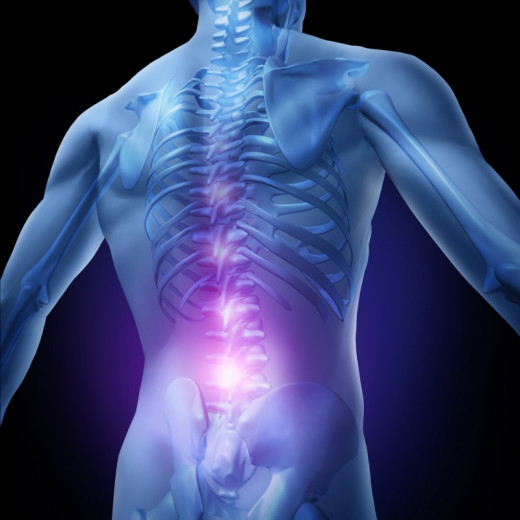
How it helps with the following conditions.
The Alexander technique provides the methods that allow you to develop an easier, more natural way to move. Greater awareness and understanding of how you use your limbs, leads to discovering wrong habitual movements that can be corrected and changed, with practice until the body relearns to work in harmony and balance the way nature intended.
Breathing is also worked on, concentrating on the inner workings of some of the organs, like the lungs, diaphragm and solar plexus. Results should culminate in a feeling of better health over all and a greater feeling of well being.
Lumbago.
Better known as lower back pain this is a very common medical complaint. Not only can lumbago affect the back but can also cause pain in areas such as the gluteus maxi mus (bottom), thighs, calves and even right the way down to the feet. In the worst cases of lumbago movement can be restricted to such a degree that it is incredible difficult or even impossible to perform the simplest of daily tasks. Complete rest or dependantcy on pain killing pharmaceuticals may have been believed to be the only available option to many sufferers.
Myalgic Encephalomyelitis.
More commonly referred to as ME. Sufferers of ME experience a variety of symptoms ranging from exhaustion, sickness, constant lethargy, dizzy spells, weakness in the muscles, lack of control of the sympathetic nervous system, frequent headaches, inability to cope with everyday stresses and relationship issues. Unfortunately due to the nature of this condition, sufferers complaints were often not taken seriously, and in some cases even told that they were 'just lazy' which is shocking. Especially as ME is a classified and very real illness.
Wheezing.
If you are a sufferer of asthma, emphysema, bronchitis or hay fever you will be well aware of how frustrating and debilitating wheezing can be. Shortness of breath, rough or harsh sounding breathing and occasionally the accompaniment of a whistling sound, all points to symptoms of wheezing. A condition that can be brought on by physical, psychological or even emotional issues.
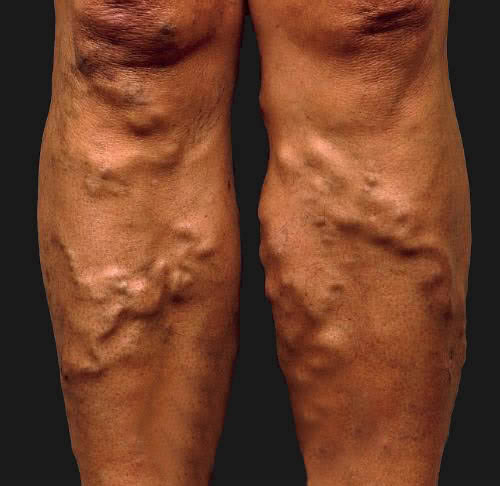
Varicose veins.
symptoms of varicose veins include swelling of the ankles, muscle cramps in the legs and a general feeling of aching or tiredness in the legs. Varicose veins are usually caused by frequent or prolonged periods of standing. The appearance of these twisted and pronounced looking threads, can not only cause discomfort for the suffer but can also make the sufferer feel self conscious if they believe them to be unsightly. Unfortunately some people are more prone to varicose veins then others because of their profession, the job they do often requires them to need to spend a lot of time on their feet.
Other conditions that can be helped by practicing the Alexander technique.
- Nervous disorders.
- Osteoarthritis.
- Panic attacks.
- Postnatal depression.
- Respiratory disorders.
- Rheumatoid arthritis.
- Sciatica.
- Snoring.
- Sports injuries.
- Stress.
- Tension.
- Ulcers.
- Anxiety attacks.
- Asthma.
- Back pain.
- Neck pain.
- Exhaustion.
- Headaches.
- Irritable bowl syndrome.
- Pre-menstral syndrome.
- Pre-menstral tension.
- Mood swings and,
- muscular tension.
What do Doctors and Scientists think?
Although the Alexander technique is still classed as an alternative form of therapy and treatment, conventional medical experts generally agree that by aligning the body back to its natural state and by placing less pressure on muscles and bones, that patients would benefit from the Alexander technique and is on the whole a technique approved by doctors.
If you are in any doubt of whether to pursue this avenue of treatment or not, it may help if you consult your doctor first. However despite the Alexander technique being over a century old and practiced internationally, some doctors may not have heard of these methods or may not feel that they are educated enough about it to advise you either way, in these instances you may want to get a second opinion from a different doctor.
Recent scientific research has also shown that there are strong links between posture, the alignment of the body and an individuals state of mind. As the scientific community and medical research continues to gather more data on these techniques the more evidence there is to suggest that Frederick Mathis Alexander was correct and his methods are indeed beneficial to health, general well being and are also safe.


